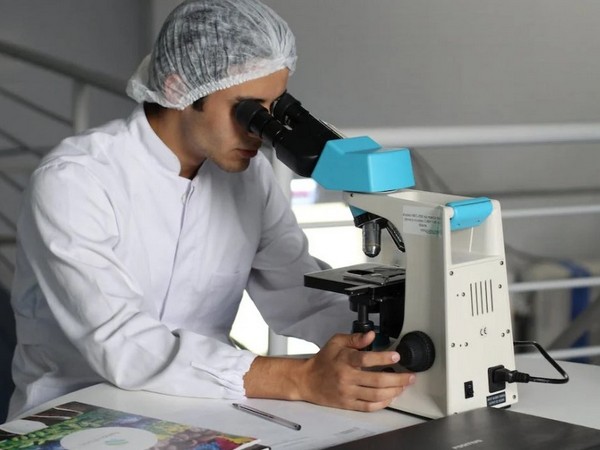Washington DC [US], April 19 (ANI): One of the reasons our livers excel at clearing waste from our blood system is because the organ functions according to three key “zones” that perform specific major tasks.
So, if scientists hope to create self-growing patches of liver organoid tissue that could help repair damaged organs, it’s important that the lab-grown tissue faithfully reproduces such zones.
In a groundbreaking paper published April 16, 2025, in the journal Nature, a team of organoid medicine experts at Cincinnati Children’s reports achieving just such a milestone — made from human stem cells.
When these humanised organoids were transplanted into rodents whose own liver-bile duct system had been disconnected, the improved organoids nearly doubled the rodents’ survival rate.
“The research community has long needed a better model for studying human liver biology and disease, because there are outstanding hepatocyte diversity and associated functional orchestrations in the human liver that do not exist in rodents,” says Takanori Takebe, MD, PhD, the study’s corresponding author.
“This new system paves the way for studying, and eventually treating, a wide range of otherwise fatal liver disorders.”
Takebe is Director for Commercial Innovation at Cincinnati Children’s Center for Stem Cell and Organoid Medicine (CuSTOM). He has been studying methods for growing liver organoids for over 13 years.
Breakthroughs from his lab include producing the first connected set of three organoids grown together, a novel way to mass produce liver organoids for research purposes, and gene-engineered liver organoids that may someday help treat severe jaundice.
In the short term, these multi-zonal liver organoids will help scientists shed new light on diseases including diabetes, drug-induced liver injury, alcohol-related liver disease, and viral hepatitis. In turn, such work could accelerate drug development and other approaches to restore liver health.
Longer-term, for people on waiting lists for liver transplantation, this study moves the medical community one step closer to “growing” a patient’s own liver replacement tissue instead of relying on organ donation. (ANI)
Disclaimer: This story is auto-generated from a syndicated feed of ANI; only the image & headline may have been reworked by News Services Division of World News Network Inc Ltd and Palghar News and Pune News and World News
HINDI, MARATHI, GUJARATI, TAMIL, TELUGU, BENGALI, KANNADA, ORIYA, PUNJABI, URDU, MALAYALAM
For more details and packages













